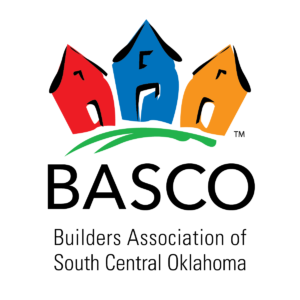Get the Back Yard Ready for Winter
Get the Back Yard Ready for Winter
Home owners have felt the hint of fall in the air (and winter!) As we squeeze out the last few warm weeks of outdoor adventures, we can also take steps to ensure that next year’s lawn and garden can withstand all the fun we come up with.
What worked this year?
Take a good close look at the annuals you chose for your deck, patio or landscape border. Which ones flourished in the shade, or didn’t droop too much in the hot sun?
Avid gardeners in the last century often kept a diary that noted bloom times and performance of the flowers and shrubs they planted – but today’s gardener has a smartphone. Take lots of photos of your landscaping plan and create a folder of the results so you can remember what to buy, what not to buy, and where to put it when it’s time to hit the nursery next spring.
Water, water everywhere.
You’ll put away your lawnmower for the winter, but before you stow the hose, give your lawn a good soaking. New grass – and fall, by the way, is the best time to replenish or re-sod your lawn – trees, and shrubs that you have planted within the last five years, especially young evergreens are most susceptible to drought.
You know your lawn and garden have enough moisture to get through the winter if you can stick a screwdriver into the ground and still feel dampness at a depth of six inches. If you don’t, remember to take advantage of the occasionally mild winter day and pull out that hose and sprinkler: About an inch of water a month should keep your plants healthy through the dry winter.
There’s an app for that.
Some home owners may want to invest in an irrigation system to save the time and effort of hauling hoses around. Many irrigation systems include controllers that use a simple timer to operate sprinklers at particular times of the day, regardless if it is rainy, if the temperature is too hot or cold, or if it is a particularly windy day. All of these weather factors can increase water loss when irrigating your landscape, costing you money.
If you are thinking about installing or upgrading your sprinkler system, the Environmental Protection Agency recommends that you consider a WaterSense labeled irrigation controller — one that uses local weather data and landscape conditions to tailor how much water to use. These devices, some of which work with your smart phone or smart home system, can save an average of 7,600 gallons of water annually.
Get more tips and find a professional to help you with your landscaping and lawn-care questions here: Find A Pro.








